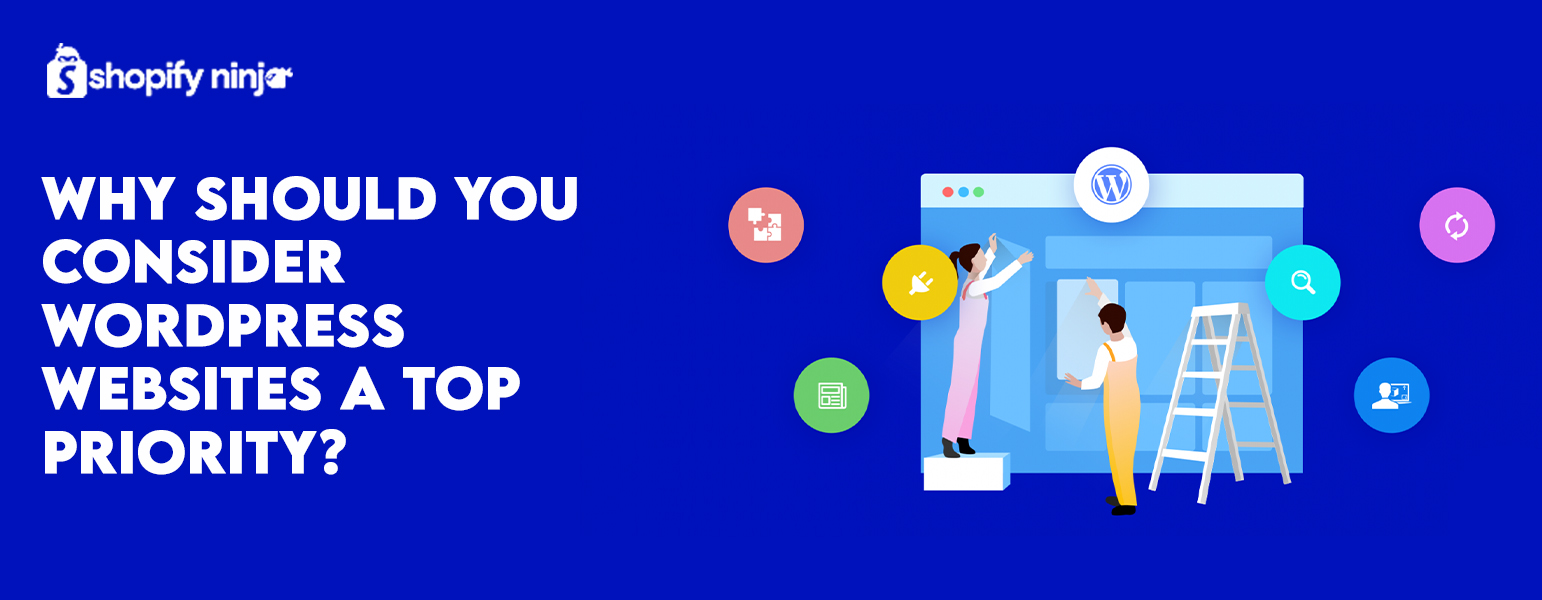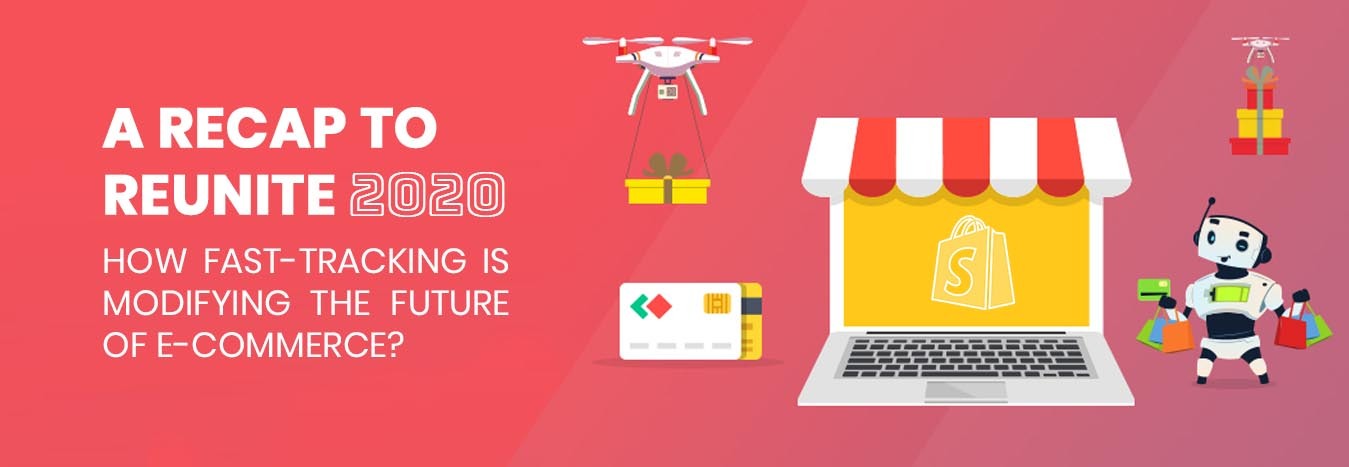ECOMMERCE TRENDS – HOW LOW AD BUDGET IS ALLOWING THE WORLD TO EXPERIENCE AN E-COMMERCE SURGE?
All those marketers who depend on ecommerce trends to generate more revenue have to go beyond their boundaries and spend more than the budget decided. And the best place to start increasing efficiency is improving customer experience with Shopping Ads. The majority of e-commerce companies can reduce Shopping Ad budgets by 48% while generating the same amount of revenue. So you wonder how? Well, according to various research made on the past events and several cases from Longtail UX, it is experienced that, nearly half of all shopping ad spend is wasted.
In online retail, a full 76% of paid search goes to Shopping Ads. However, studies have shown that nearly half that spend is wasted. One simple change may be all it takes to eliminate that waste: listing multiple products on the landing page that match the shopper’s search. Rather than just one single product, you can invest the same amount, break it into chunks and use them for multiple products. Regardless of the fact that, 18% of all ecommerce ad spend goes to paid search, reducing that waste can lead to significant savings – around 6.8% of the total ad budget – for companies looking to tighten their belts.
Here comes a question, then why so much shopping ad spend goes to waste? Well this is due to the e-commerce trends that make brands spend more on their advertising. Most shopping experiences that start with a click on a Shopping Ad need improvement, and the landing page is the issue. Typically, Shopping Ad landing pages feature only one product. And that is the point where you spend more. So give it a break and use the whole amount while dividing it to different products that you are offering.
AMAZON’S SHOPPING EXPERIENCE
According to the ecommerce trends, Amazon’s shopping search experience is better for consumers but truly harmful for brands. Amazon displays only multi-product landing pages for those customers who visit the page for a gaining some knowledge. Five of the eight products on this landing page matches the e-commerce trends to go well with boosting the customer’s experience.
We just published KEY LESSONS SHOPIFY BUSINESSES CAN LEARN FROM THE COVID-19 CRISIS
However, brands that depend on Amazon to provide this experience suffer in the long run. A consumer who buys your products on Amazon never visits your website, making it difficult to establish brand loyalty.
Unfortunately, selling on Amazon prevents ecommerce vendors from utilizing the most basic tools needed to maintain ROI:
- Upselling
- Retargeting
- Cross-selling
- List-building
RECREATING THE AMAZON SHOPPING EXPERIENCE WITH GOOGLE SHOPPING ADS
Google being the major search engine is extremely concerned about the threat from Amazon to their business. And that is the reason why it wants to create the Amazon experience in the Google Shopping platform. Regardless of all ecommerce trends, this is a challenge when the products they advertise eventually span multiple ecommerce websites.
So, here is what you need to do:
- Open a new browser tab for each click.
- This causes the shopper to “pogo-stick” between the Shopping Ad results.
- The next page will pop up on your screen.
- Close a tab each time they choose not to buy the single product on the landing page.
- Now, you have to click another Shopping Ad to see another product.
A majority of companies often follow the ecommerce trends and go with different types of landing pages because for their ease and feasibility. Well this is also very convenient to integrate with Google Shopping Ads. Though it is certainly not necessary to limit Shopping Ad landing pages to match with your product.
Longtail UX customers are typically able to achieve 100% of their sales volume at 20-50% less paid search spend. So, it’ll be an ideal option if you go with it. Though you need to make slight adjustments for the customers related to the ecommerce trends to get the most out of it. This will also deliver an optimum user-experience.
Few days back we posted 10 SMART WAYS TO MAXIMIZE E-COMMERCE CONVERSIONS
HOW IT IS DONE?
While creating a parallel set of multi-product pages related to the single-product landing page, the results are more achievable with in-house developer resources. Though the process is more expensive and time-consuming.
In most of the cases where the current ecommerce platforms does not have to follow ecommerce trends, they can utilize the necessary capabilities and a fully-tailored platform that can take up to 12-18 months and cost hundreds of thousands of dollars, while risking interruption to your business when things go wrong. And the other option is to use a landing page generation tool like Longtail UX that is absolutely from one of the latest ecommerce trends.
Now if you wonder how Longtail UX handles the most difficult parts? Here is it generates multi-product landing pages by:
- Summing up multiple products onto one landing page per unique search query.
- Innovating a multi-product template customized to the ecommerce website’s specifications.
- Hosting those pages on a lightning-fast CDN.
- Serving pages quickly via reverse proxy.
IN CONCLUSION
You can use the following ecommerce trends to outstand your performance and perform well with a low ad budget. And for further details or similar blogs, feel free to visit Shopifyninja.






0 Comments